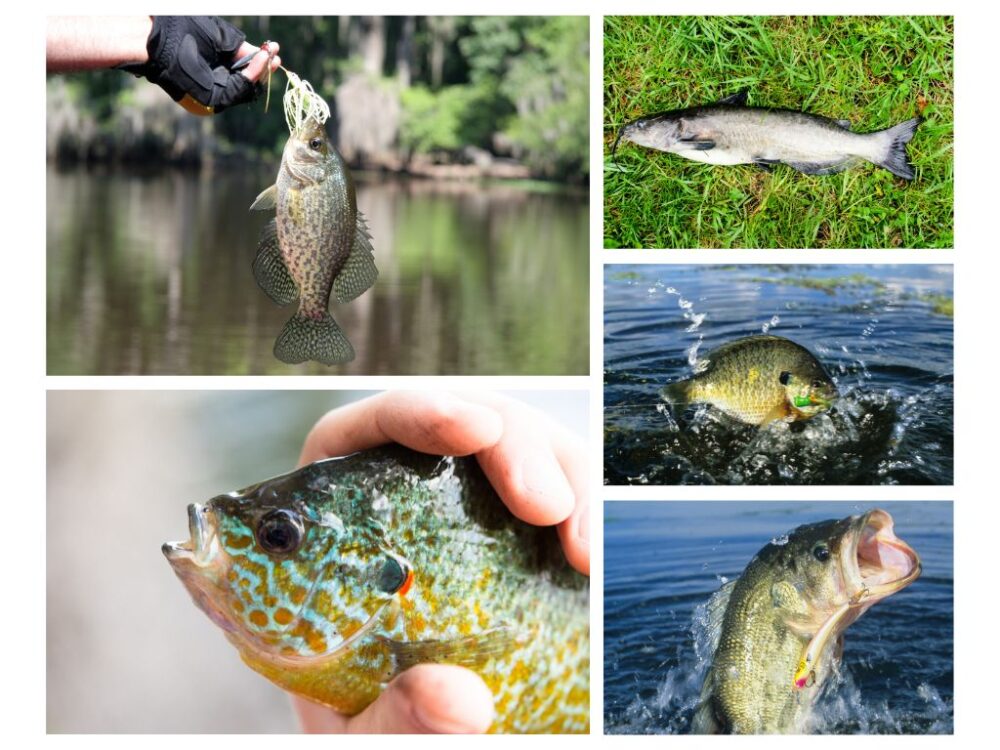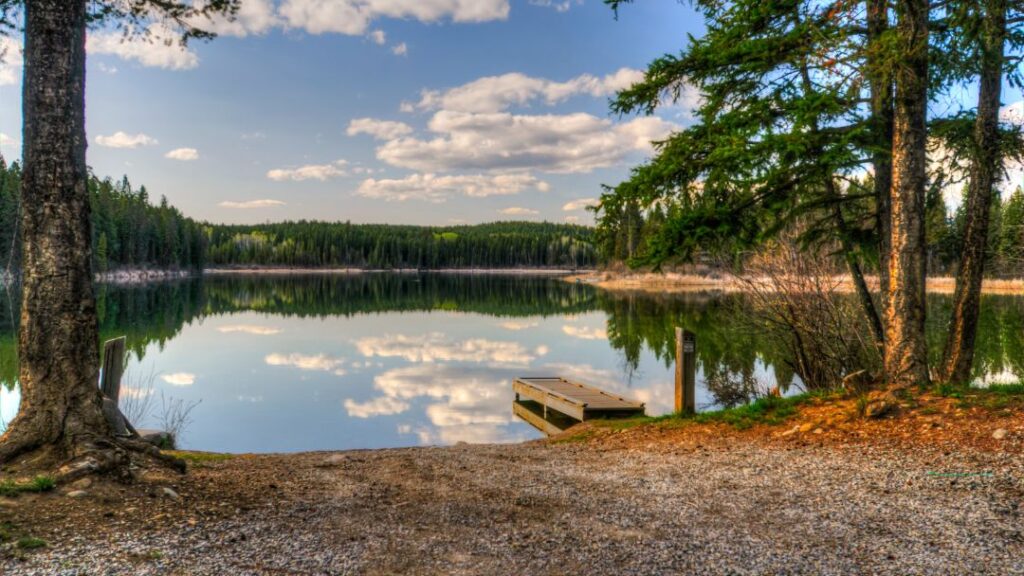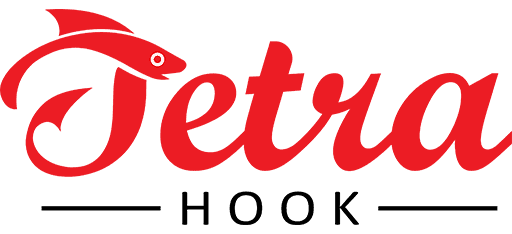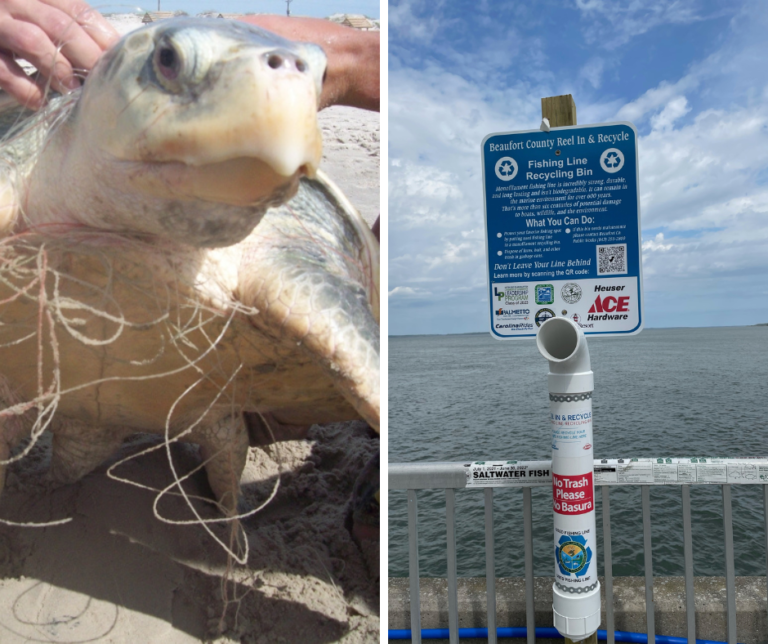What Pond Fish Can You Eat?
Buying fish in supermarkets is expected for most households. How about eating your own pond fish? Can you eat the fish living in your pond? As long as your pond has clear and filtered water, you can eat them.
But what pond fish can you eat? You can eat Largemouth Bass, Bluegill, Crappie, Yellow perch, Channel Catfish, Redear Sunfish, Walleye, and Channel Catfish found on ponds. But, they must be raised in a clean water environment to ensure no negative impacts.
What pond fish can you eat?
There are many edible pond fish. But you want to ensure they are raised in a 100% safe environment.
The following are the most common edible fishing species.

01. Largemouth Bass
One of the top pond fishes is largemouth bass. However, the pond water quality must be good. And its needs to have decent forage.
If you can ensure these criteria, they can be a perfect source of white meat. Their tender texture looks so attractive.
A proper preparation process can help you enjoy the best bass. This fish is mainly a low-calorie food.
The largemouth bass is perfect if you maintain a strictly balanced diet.
It contains high-quality protein. You will get 20 grams of protein for every 85-gram cooked portion.
They also have essential amino acids and leucine to build and preserve muscle.
02. Bluegill
Another common edible pond fish is Bluegill if your pond has a natural setting.
It is easily available. Plus, its meat is firmer, flakier, and delicious.
But appropriately descaling, gutting, and filleting them before eating is mandatory.
However, many physicians recommend not eating them every day.
Also, keeping only a smaller quantity is a solid rule of thumb. Overeating in a single meal will cause Steatorrhea or gastric distress.
Each 100-gram cooked portion contains 17 g of protein. It also has omega-3 oils and vitamin D.
A minimal level of carbohydrates and cholesterol is present in this fish.
The specie has mainly lean protein to provide your body with essential minerals and vitamins and boost the metabolism.
03. Crappie
If you have released safe Crappie in your pond, eating them is entirely secure.
However, make sure to collect them from a reliable nursery. According to NC Epidemiology, High mercury levels are found in some black crappie
Once you ensure they are sourced from a trustable nursery, you have no risk of eating them.
Crappie fish contains a good amount of protein and fat. For example, every 85 grams of cooked portion contain 20.3 grams of protein and 1.8 gram of fat.
If you are maintaining a higher-fat diet, it can be a perfect food. They are free from carbohydrates.
In addition, Crappie has a high level of Omega 3 fatty acids. It can be good food if you have cardiovascular disease.
04. Yellow Perch
Yellow Perch is one of the most delicious freshwater fishes.
But maintaining the pond water quality, feeding the right food to Yellow Perch, and ensuring a healthy environment is mandatory to get the best benefits from them.
Also, appropriately bleeding the Yellow Perch is necessary, especially during warm weather. It will make the meat cleaner and produce tastier fillets.
You will have 25 grams of proteins, 344 milligrams, and 1.2 grams of fat for every 100 grams of cooked portion.
However, avoid eating fish too much as it contains 38% cholesterol.
This non-predatory species has a small amount of methylmercury content. But it contains a good amount of Vitamin D, Manganese, and Selenium.
05. Channel Catfish
Many privately owned ponds have channel catfish. It is entirely safe to eat.
Avoid choosing larger species as they may have toxins. Channel catfish weighing around three to five pounds are the best food choice.
It is best to eat fillet portions. Avoid consuming the fatty parts because of chemical contaminants likely to be stored here.
These tasty fish contain omega-3 and omega-6 fatty acids as well as selenium and vitamin B12.
Many people consider it a high-protein seafood. The high nutritional value food has a lower level of calories and sodium.
Every 85 grams of cooked portion contain 14 grams of protein and 2.4 grams of fat.
06. Redear Sunfish
Redear Sunfish are entirely safe to eat. Its flesh is pretty tasty to eat. Fish can be a perfect choice for a healthy and delicious meal.
Most of them don’t contain a higher number of toxins.
But if you already have any health issues, get in touch with your doctor before eating. A few of them contain parasites that can make you sick.
The fish has a reduced saturated Fat. It also contains a good amount of Manganese Phosphorus, Vitamin B12, and Selenium.
You will get 21.1 grams of protein from every 100 grams of cooked food. This food can be an excellent choice if you have any heart issues.
07. Walleye
Walleye are one of the healthiest pond fishes because it has a minimal risk of contaminant exposure.
They are available in various species. Some are edible for every day, and some for every week or month.
They have a good source of omega-3 fatty acids along with higher fat and protein. You will also get Vitamin B-12, A, and E from this fish.
This healthy food can improve your eye health and decrease the risk of heart disease.
Also, it has an outstanding contribution to infants promoting better brain development.
But avoid eating them every day. Eating them only twice a week is a solid rule of thumb.
How to tell what fish are safe to eat?
You can’t tell whether a fish is safe to eat until you do a lab test. The result will show how many pollutants the fish has in its body.
Avoid eating fish from public ponds because some are directly connected to sewage lines.
They may consume chemical spills and other pollutant substances.
Eating any fish from a public pond may cause serious health problems. After all, these chemical pollutants in the pond come from various dirty sources.
Which factors contribute to edible pond fish?
A quality environment will contribute to high-quality food. And the same goes for pond fish.
Maintaining some formal aspects allows you safely eat fish from your pond.
The followings are the key aspects you don’t want to overlook while growing fish in an artificial pond.

Clean Water
The first important aspect is considering clear water. It ensures optimal survival and growth.
After all, all physiological activities are performed in the water.
The pond water must have an ideal oxygen level, pH, alkalinity, hardness, turbidity, CO2, etc.
Make sure your pond is fully closed around all areas. It should be connected to any sewage line.
It is a solid rule of thumb to change 10% to 20% of the water once a week.
Food Source
Feeding fish natural and safe food is vital to ensure optimal safety.
Cheerios, wheat germ, shelled peas, raspberries, plankton, larvae of insects & worms are the healthiest food for pond fish.
Make sure to maintain a healthy and balanced diet by providing various foods.
Reliable Source
There might be some fishing nurseries or farms near your home where they sell safe and edible pond fish.
Contact someone who has already purchased small fish from them.
Also, do some research to know what essential things to consider when buying pond fish.
Final Takeaway
If you live in a rural area, buying fish from a long-distance market is daunting. It comes in handy to raise fish in your own pond and eat them.
Plus, you can keep yourself worry-free as you don’t feed unhealthy foods to the fish. But maintaining a healthy and clean environment for optimal fish growth is the key.
Now, you know what pond fish can you eat? Make sure to grow a wide range of fish to fulfill various nutrition requires your body.


